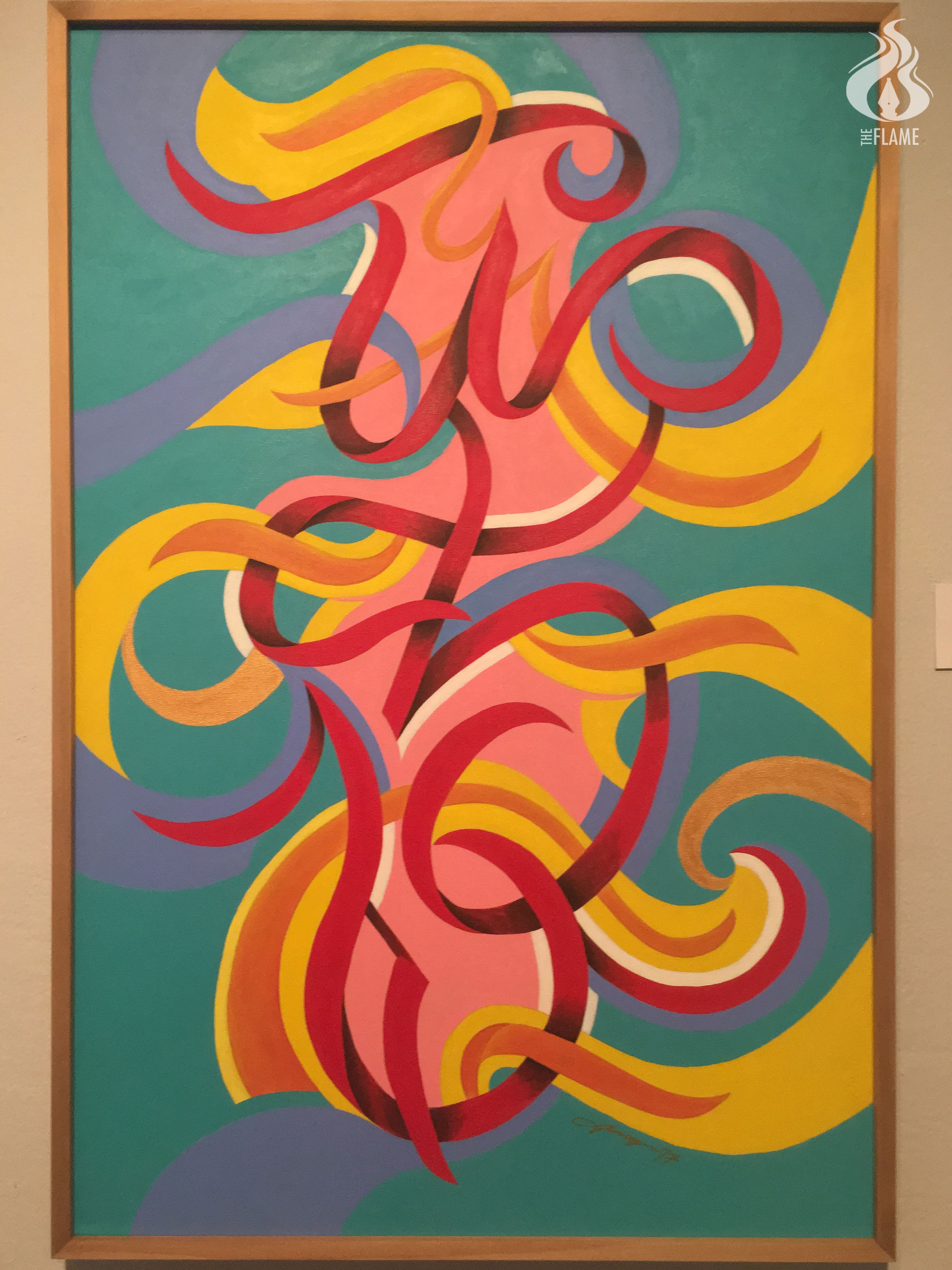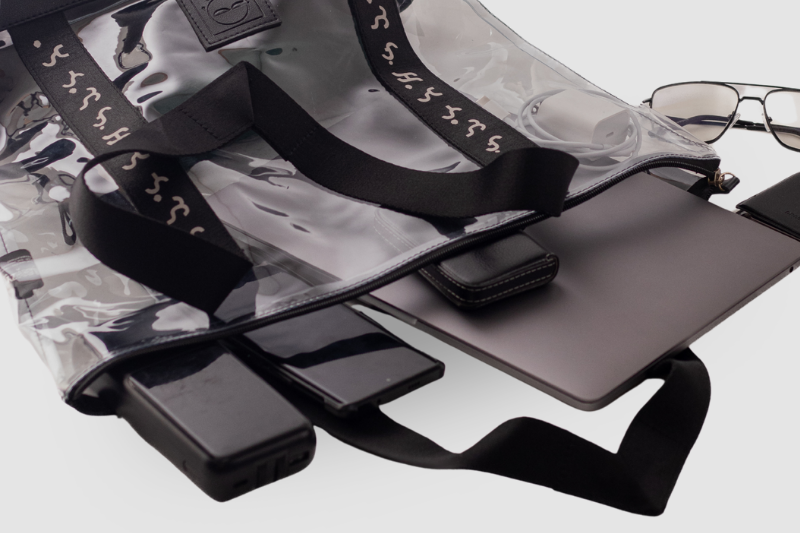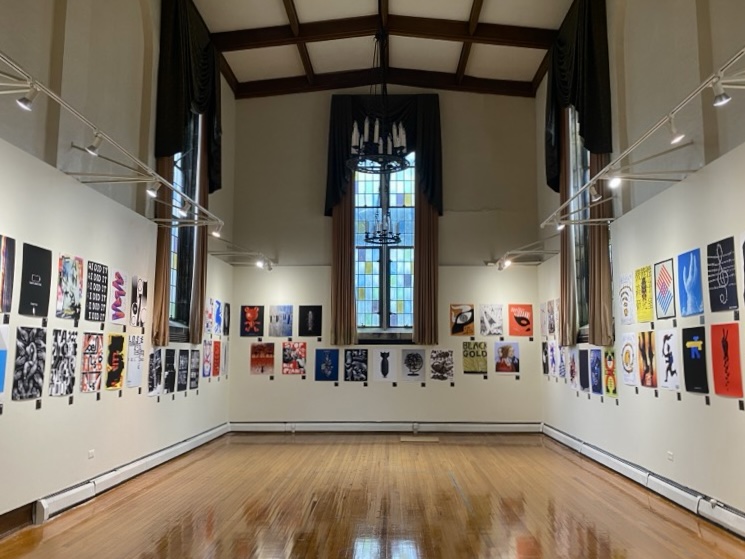
ᜃᜋᜓᜐ᜔ᜆ! (Hello!)
This is Baybayin, the original writing system of the Philippines. Baybayin, also known as Alibata, was used during the pre-colonial Philippines, primarily in Luzon. Early references to the script can be found in the Doctorina Christiana, published in 1593. But make no mistakes. Bayayin has been around for much longer and derives from abugida, a writing system that uses a consonant and a vowel in the same symbol. The alphabet has 14 constant vowels and 3 vowel symbols. If you have never heard about Baybayin, take this article as the sparks note version of its resilient history.
Baybayin was used until the 16th-17th century, when Spanish colonizers pushed the use of the Latin script in the Philippines. In the Doctorina Christiana and other documents, Spaniards would write in Babayin, English, Spanish, and Tagalog (written with the Western alphabet). This mix of documentation gradually disappeared as more Filipinos adopted the Latin script by the 19th century.
However, nearing the end of the 1800s, Filipinos banded together to revive Baybayin. The first use of Baybayin occurred during the Philippine Propaganda movement, where young, nationalist Filipinos wrote essays, magazines, and other forms of literature to express their desire for equal rights to the Spanish government. Leaders like Jose Rizal and Isabelo de los Reyes wrote papers describing Baybayin’s cultural value, as well as offering suggestions for modernization. Andres Bonifacio wrote about Baybayin’s political value, inspiring the nationalist group Katipunan to use the Baybayin “KA” as their symbol for activism.
The “Ka” symbol and the sun pay homage to the pre-colonial Philippines’ sun worship and language. The use of Baybayin visually captures Filipinos’ desire to separate from Spain by refusing to use the colonizer’s script. “Ka” connects heritage and revolution during the Philippines’ fight for independence. Modern activists dubbed Baybayin the “Sulat Bayani” (the Hero’s script) because the Katipunan’s use of it conveyed the script as a symbol of justice and a fight against power.
Over the past two decades, Baybayin has evolved from a dying communication tool to a rising political and cultural message preserved through different art forms. Jay Engage, one of the Philippines’ Baybayin instructors and advocate for its revival, comments in an interview with NBC that “The writing is visual. So that’s why it’s powerful. Because when you write something, what you say becomes record, it becomes document, and it becomes permanent.” From tattoos and fashion to calligraphy and signs, Baybayin is still used by young Filipinos worldwide due to their desire to reclaim the Philippines’ identity and connect with their heritage.


Such desires finally made their way into the government. As of 2018, House Bill 1102, or “the National Writing System Act,” was approved by the Philippines’ Committee on Basic Education and Culture to recognize Baybayin as the national writing system of the Philippines. There is still controversy surrounding it, as Baybayin was created to fit with Tagalog, thereby ostracizing other Filipino languages from using it, such as Cebuano, Ilocano, or Bisaya. However, pre-colonial Philippines did have Baybayin variants to accommodate these languages. Similarly, modern linguists are not only attempting to modernize Baybayin but also to recontextualize it to fit the Philippines’ diverse languages.

Baybayin showcases the Philippines’ beauty and resilience against adversity. Artists, educators, and everyday people continue to adapt the script as a means to preserve and push its awareness worldwide. Even if Baybayin is never fully adopted within modern society, its use has evolved into a movement that advocates for the rediscovery of the Philippines’ identity suppressed by colonization.















